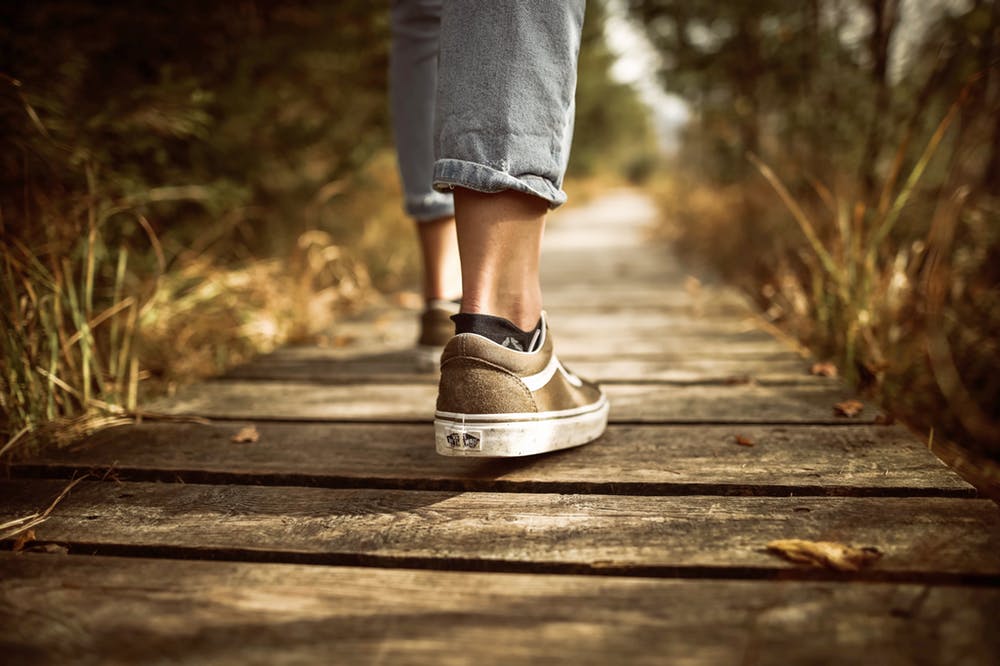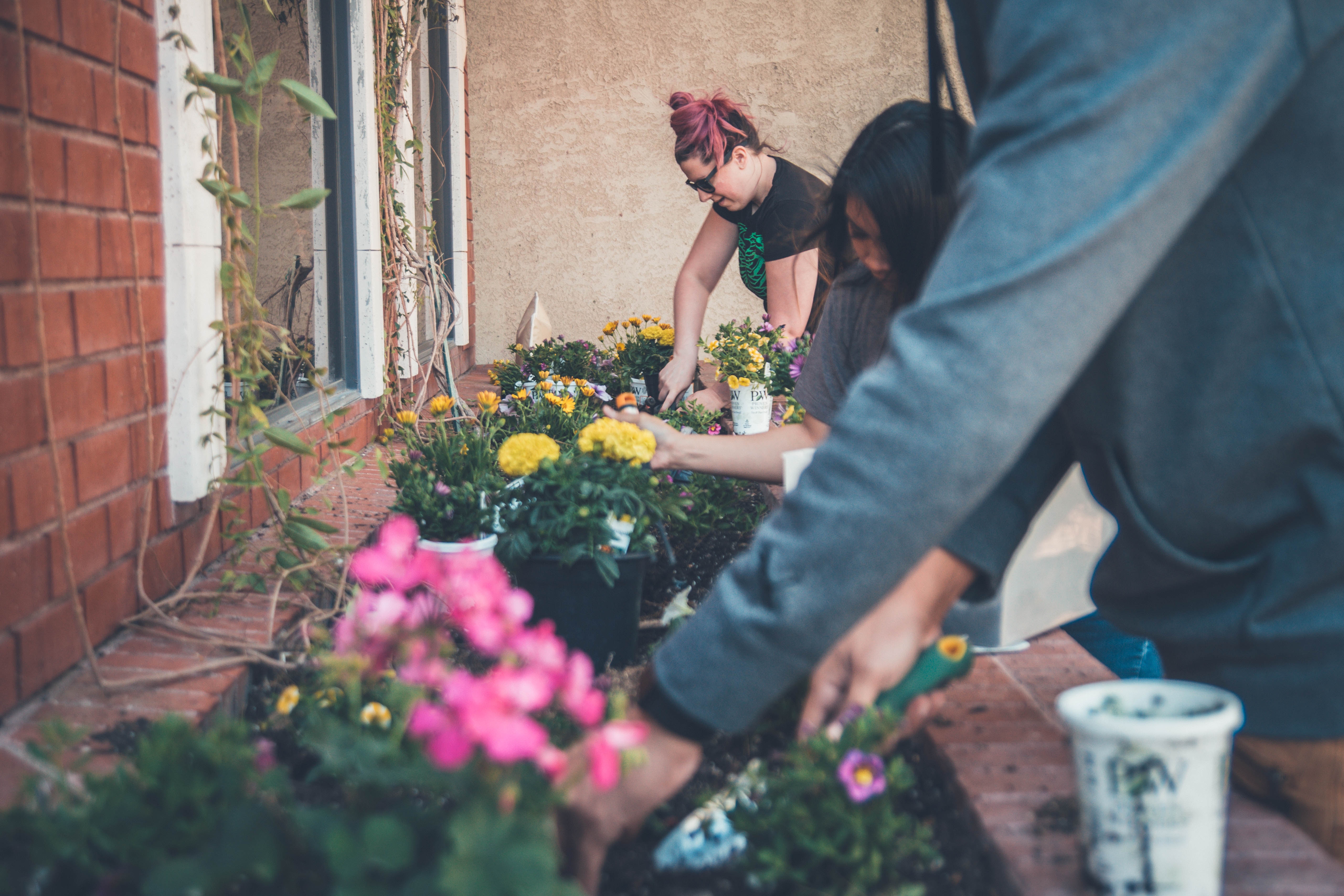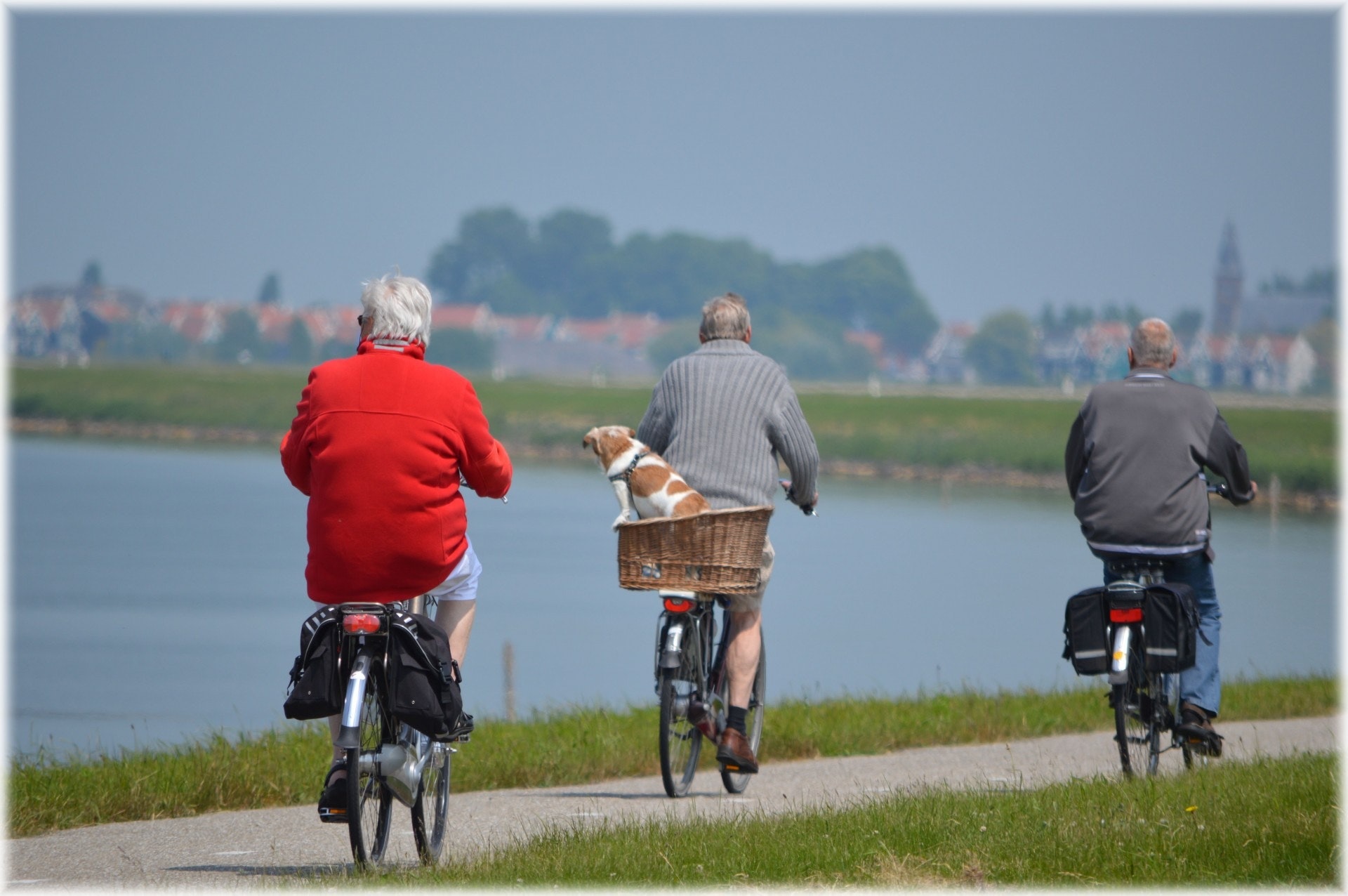Healthy Living: Walking
Walking: One Step at a Time
While some fitness enthusiasts relentlessly seek out the latest, trendiest exercise crazes, others are returning to good, old fashioned walking to help them feel great and get into shape. Whether enjoying the wonder of nature or simply the company of a friend, walking can be a healthy, invigorating experience. Thanks to its convenience and simplicity, walking just might be right for you, too. And except for a good pair of walking shoes, it requires virtually no equipment. Research shows a sedentary lifestyle has a debilitating effect on our health as we age, therefore exercise is imperative. Walking accomplishes all of the following and more:
• Improves cardiovascular endurance
• Tones muscles of the lower body
• Burns calories
• Reduces risk of heart disease
Selecting Shoes
Too many people choose fashion over function when purchasing running shoes, not realizing that ill-fitting
shoes can do more than hurt their stride; they can also lead to pain throughout the body.
Getting Started
Walking just 12 minutes every other day can offer important health benefits. But in order to increase your longevity, try to work up to 30 minutes, five days per week. Experts generally agree that to be considered “active,” adults should try to take 10,000 steps each day.
Pain and Injury
While you may experience pain or injury in a particular area (such as a knee or a hip), the root of the problem may
lie elsewhere. A problem in the foot or ankle can create an imbalance in every step, leading to discomfort or injury
that moves to the knees, hips, low back or other regions of the body. If you suffer from pain beyond typical muscle
soreness, your doctor of chiropractic can diagnose and treat your pain or injury and get you back on track. Your
chiropractor can also customize a wellness program that is right for you and has the expertise to help keep you
feeling and functioning your best. Be sure to consult your doctor before beginning any exercise program.
Reprinted with permission from the American Chiropractic Association www.acatoday.org
For more information from the ACA, click here for Healthy Living: Walking Fact Sheet ACA_Walking Healthy Living



